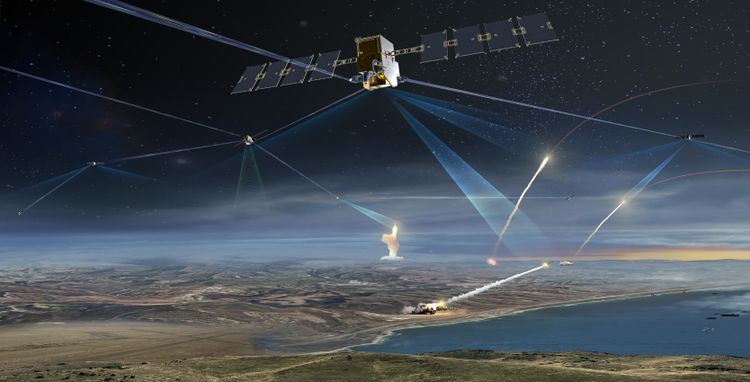INDIAN ARMED FORCES CHIEFS ON OUR RELENTLESS AND FOCUSED PUBLISHING EFFORTS

The insightful articles, inspiring narrations and analytical perspectives presented by the Editorial Team, establish an alluring connect with the reader. My compliments and best wishes to SP Guide Publications.

"Over the past 60 years, the growth of SP Guide Publications has mirrored the rising stature of Indian Navy. Its well-researched and informative magazines on Defence and Aerospace sector have served to shape an educated opinion of our military personnel, policy makers and the public alike. I wish SP's Publication team continued success, fair winds and following seas in all future endeavour!"

Since, its inception in 1964, SP Guide Publications has consistently demonstrated commitment to high-quality journalism in the aerospace and defence sectors, earning a well-deserved reputation as Asia's largest media house in this domain. I wish SP Guide Publications continued success in its pursuit of excellence.
- Indian Air Force Aims for Full Indigenous Inventory by 2047 — Air Chief Marshal A.P. Singh
- Rajnath Singh assumes charge as Defence Minister for the second consecutive term
- Interim Defence Budget 2024-25 — An Analysis
- Union Defence budget 2024
- Prime Minister Modi Flies in the LCA Tejas
- New Chapter in India-Italy Defence Ties
- Airpower beyond Boundaries
Northrop Grumman Completes Critical Design Review for the Space Development Agency's Tranche 1 Tracking Layer

Northrop Grumman Corporation recently completed its Critical Design Review (CDR) on a proliferated low-Earth orbit constellation of 16 missile tracking satellites for the Space Development Agency, clearing the way to begin production work on the space vehicles.
- The CDR maintained an accelerated pace and was completed within 13 months of the award announcement.
- The satellites are part of the Tranche 1 Tracking Layer (T1TRK) that will identify and track hypersonic weapons and advanced missiles from the earliest stages of launch through interception.
- Once in orbit, the satellites will operate in two of four low-Earth orbital planes, interconnected with Tranche 1 Transport Layer (T1TL) – another element of SDA’s Proliferated Warfighter Space Architecture (PWSA) designed as a high-speed, high-volume data transport network connecting U.S. forces around the globe.
Expert:
Candace Givens, vice president, overhead persistent infrared and geospatial systems, Northrop Grumman: “We are developing a more responsive, flexible and resilient space architecture to counter sophisticated threats. By passing this critical milestone on an accelerated timeline, we are closer to delivering critical missile defense and tracking technologies.”
Details on the PWSA:
Fourteen of the satellites for T1TRK will feature a wide field-of-view sensor, three optical communications terminals and a Ka-band payload for communications. Two satellites will feature a medium field-of-view infrared sensor to demonstrate a fire-control solution.
Northrop Grumman is a leading contractor providing both space vehicles and ground systems for SDA’s PWSA, a next-generation constellation in low-Earth orbit. The company continues to leverage this growing industry base of capable suppliers to support this critical mission. PWSA has two major lines of effort:
- The Tracking Layer: Focused on developing a global constellation of infrared missile warning and missile tracking satellites that integrate with the Transport Layer’s low-latency meshed communication network, enabling conventional and advanced missile tracking from proliferated low-Earth orbit.
- The Transport Layer: Designed to provide low-latency, high-volume data connectivity supporting U.S. military missions around the world.
To date, SDA has awarded Northrop Grumman 132 satellites. In March, Northrop Grumman successfully completed a Critical Design Review for T1TL. In October, SDA awarded Northrop Grumman a contract to design and build 38 satellites as part of Tranche 2 Transport Layer – Alpha (T2TL-Alpha).





